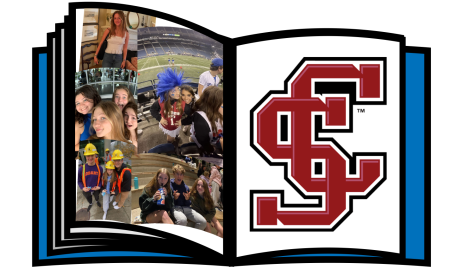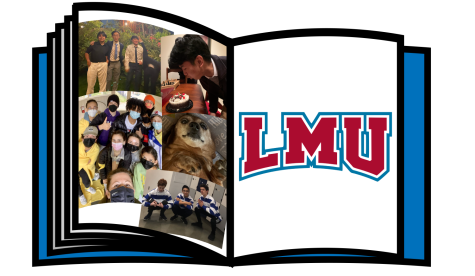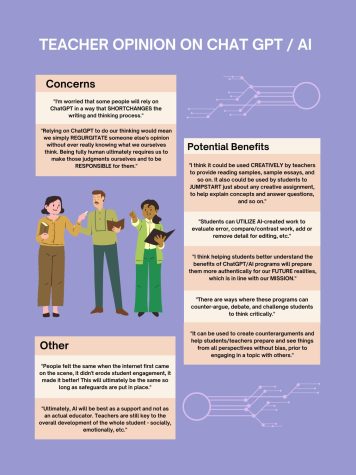Opinion: Let’s Examine Our Dress Code With Fresh Eyes
November 18, 2022
There are so many opinions circling the Prep community about this dress code that I think it is hard to find a place to start a conversation about it. Yet still I hope that those in authority, as well as the full Prep community, can recognize how dress codes affect boys and girls in completely different ways. Just because the words “boy” and girl” are left out of the policy does not mean it does not affect the genders in completely different ways.
If you open your search engine and type in “teenage boy outfit”. Of course, you will see images of boys in long shirts and long shorts or pants. Next, try typing “teenage girl outfit” into your browser. Now, the images will depict lower cut shirts, crop tops, and shorter skirts. The Prep dress code makes these societal expectations easy to follow for boys, but not so much for girls.
I doubt that anyone living in the twenty-first century will be surprised by these search results. This clothing is what society has normalized for girls and boys of high school age. This differentiation is hard to disregard when considering a dress code at a high school. Boys aiming to fit in with their peers (which is common amongst our age group) will have no problem complying with dress code while girls hoping to do the same will.
Furthermore, even if every girl could come up with enough dress-code-proof outfits that she feels comfortable in, it is unlikely that she will have the necessary clothes in her closet. Along with this, many Seattle Prep girls agreed, when asked, that they did not like the idea of re-wearing outfits to school. Now, our school dress code is asking girls to dress in a way deemed appropriate while also living in a society that asks us to follow trends, and to do so in a different way every day with limited repetition. This is a feat that has been anonymously described by Seattle Prep Students as “expensive”, “stress-inducing”, and “downright unfair in comparison with our male counterparts”.
I would like to state that I am not in any capacity against a dress code at school. I do not believe in showing off inappropriate graphics or words to our Jesuit peers. I agree that intentionally ripped clothing goes against Seattle Prep’s core values. Yet still, I would hope that this article forces every reader to take a step back and examine our dress code with fresh eyes, to contemplate what this dress code really says to students and how it can impact some students more than others.








